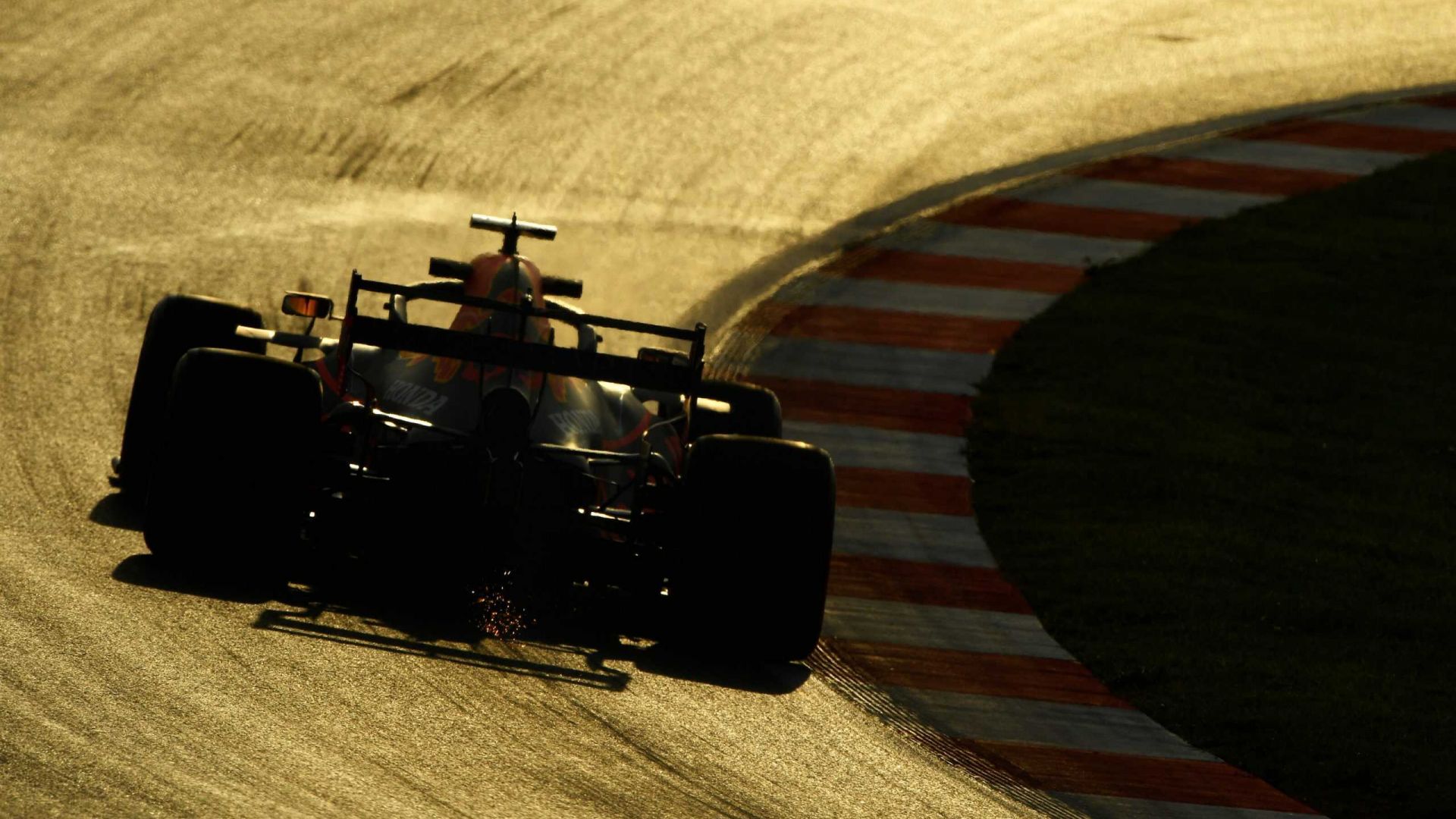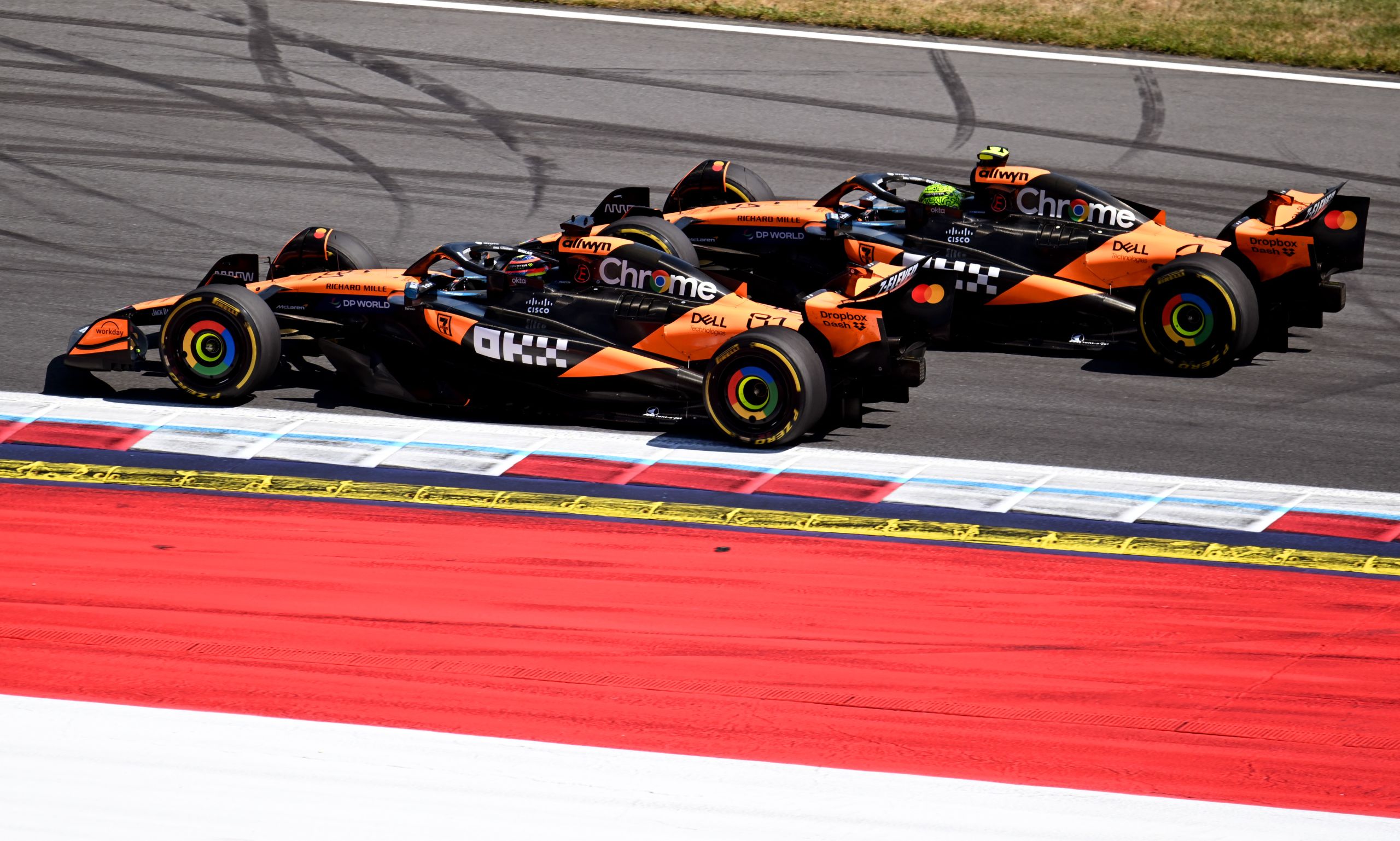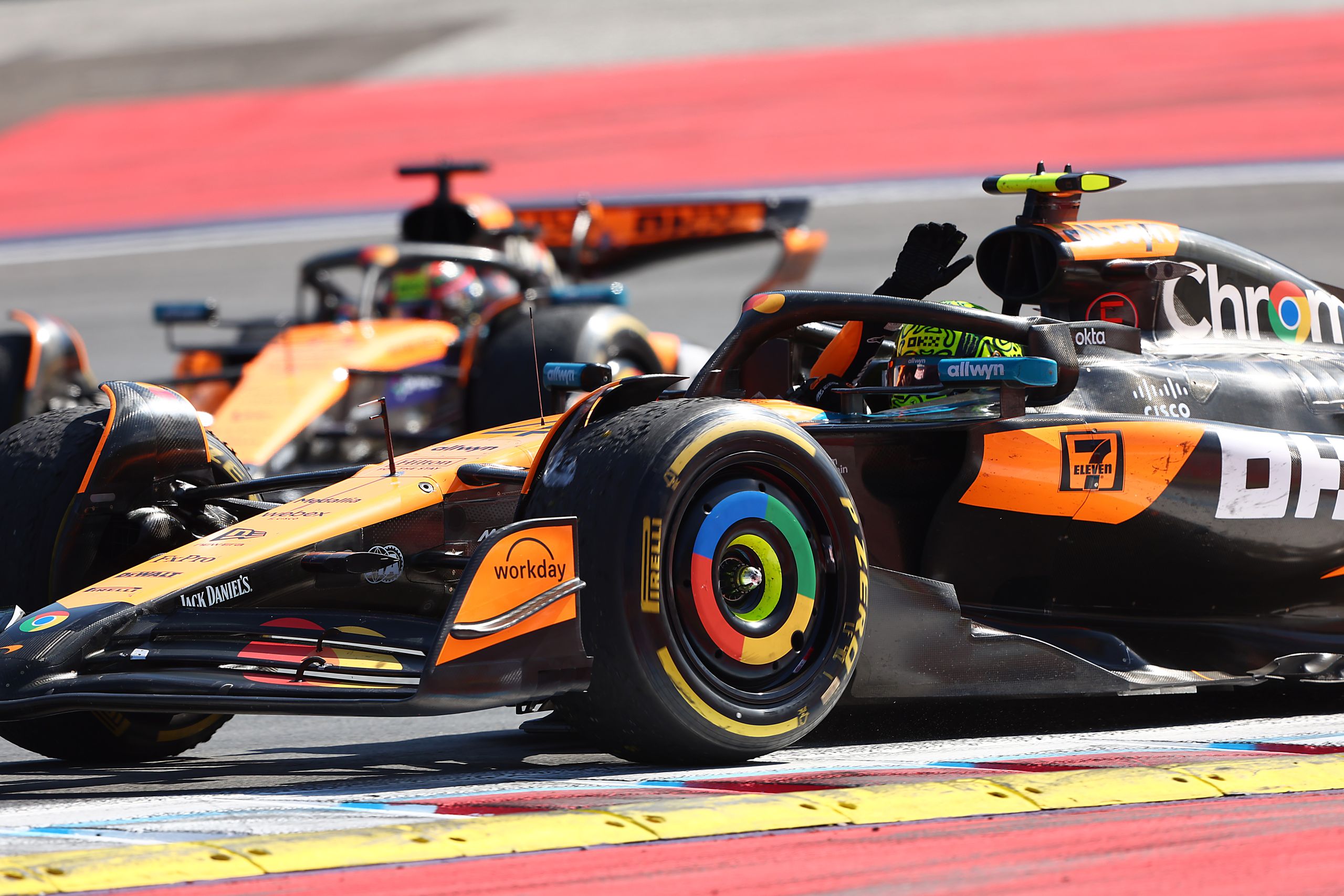How Modern Technologies Have Changed Formula 1


Modern technology affects all areas of our life. For example, if to talk about studying, now students do not even need to leave the house to get an education. It has shifted to distance learning. And students who do not have enough motivation to learn remotely can always ask for help on special services like WriteMyEssayOnline.
But today, we’ll talk about how modern technology has changed Formula 1.
Formula 1 pilots experience G-forces equal to those experienced by the Apollo astronauts during landing. They drive powerful sports cars, which are also created with the use of modern technologies. Let’s take a look at how their cars are designed and built.
For over 60 years, teams of Formula 1 have been designing, testing and building the fastest, and cars. The list of amazing characteristics and properties of these cars is almost endless: they can accelerate to unbelievable speeds, take turns at such a speed that pilots experience an overload similar to the Apollo astronauts during landing, and then slow down quickly thanks to powerful brakes and significant downforce (it is this downforce that prevents the car from turning in every corner).
Developing new cars every year makes the Formula 1 World Championship so competitive, and that is why the pace of development is so high. The participating teams every year challenge each other to create the new best car. The only way to get into pole position is trying to find a strong side that no one else has thought of and then continue to find new facets.
Materials science, engineering, the latest software, and more recently, cloud technologies – the Formula-1 teams are using innovations in all these areas.
Electricity
One of the signs of the seriousness of the international community’s intentions is the Formula E motorsport series, which debuted seven years ago, in which the world’s leading manufacturers compete with each other to create the all-electric production cars of the future.
Trust in electric vehicles in society seems to have reached a certain critical point, beyond which the industry will see explosive growth. The priority of electrical technology today is clear to both automakers and consumers.
Ironically, the Covid-19 pandemic contributed to this. The strict restrictive measures introduced by the governments of various countries and the remote work format have already had a positive impact on the environmental situation. Its further improvement with an increase in the demand for personal mobility is possible, first of all, with the active spread of electric transport.
A recent study by the McKinsey competence center for future mobility confirmed “pandemic” damage to the auto industry, declining demand for car sharing, and declining manufacturer budgets for promising autonomous driving systems. At the same time, the comparative share of sales of electric vehicles unexpectedly increased. At the end of September 2020, more electric vehicles were sold in the USA and Europe than diesel cars.
“Battle for air”
Even before the pandemic, which became the next trigger, a shift in the consumption paradigm took place in the civilized world. Greta Thunberg’s political platform and sincere actionism are just the tip of the iceberg, based on the desire to breathe clean air. The sprawling transport infrastructure and the constant increase in the stock of cars could not but affect the radical increase in emissions, even with the regular introduction of increasingly stringent environmental standards. As a result, the growing responsibility for the environment as a way to preserve the familiar world and way of life is a current trend supported not only by progressive activists but also by Formula 1.
Downforce technology
Earlier, the main success factors of Formula 1 cars were driver skills, tires, and powertrain power. Then, in 1977, the Lotus team began to put more emphasis on aerodynamics, ground effect, commonly referred to in the motorsport world as downforce. The bottom of the Lotus 79 F1 was curved like an inverted wing of an airplane, creating a low-pressure pocket that essentially pulled the car to the ground.
Over the next few years, Formula 1 cars became faster and faster, especially in corners. Eventually, after the death of Gilles Villeneuve, the FIA ordered a return to flat-bottomed cars. However, the aerodynamic technology could no longer be forgotten.
The best F-1 engine incorporates technology from motorcycles and airplanes
After four years of dominance by Mercedes and a short flash of Ferrari in 2018 and 2019, the title of the best F1 engine was taken over by Honda. The German engine is inferior to the Japanese 15 hp, Renault is 20-25 hp behind, and the Scuderia is now the last with a shortage of 30 hp.
What is Honda’s secret? It’s just that the Japanese built a completely new engine for the 2021 season, taking advantage of aircraft technology (and from the motorcycle industry too).
The Air Force has helped F1 mechanics in the past, thanks to the transfer of the concept of turbine size and location from the HF120 jet. With the developments from the Honda Jet branch, they not only increased the power and efficiency of the hybrid unit but also optimized the balance – and also gave Red Bull a huge advantage on mountain tracks (above 700-800 meters above sea level – there a car with bulls on the body has been winning rivals since 2018).
Technology does not stand still, and in the future, Formula 1 will change even more. How will this happen? We will see.





